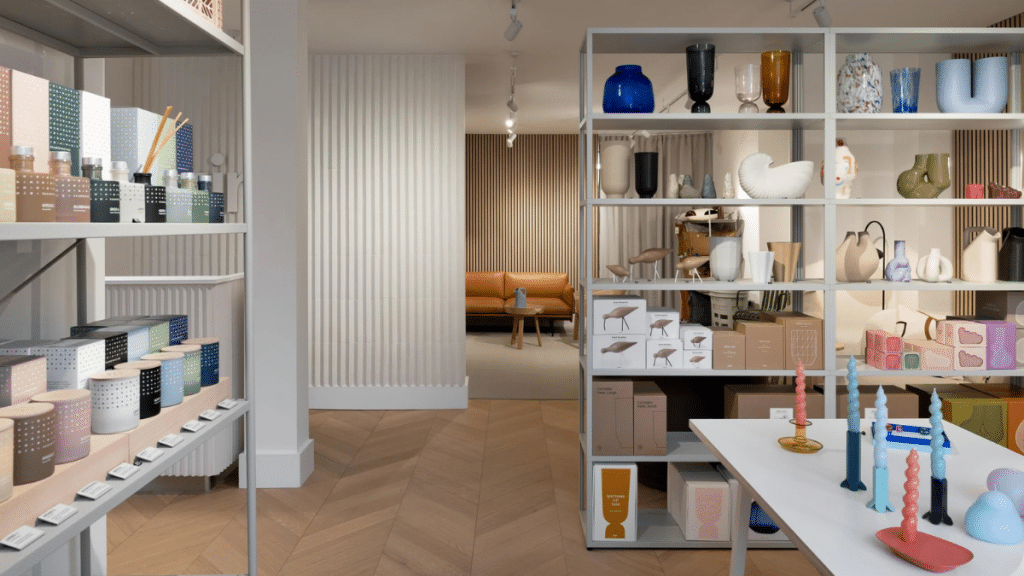Design Trends Shaping Retail Wood Flooring in 2025
As retail spaces evolve, wood flooring is reclaiming its spotlight—but with a modern twist. Natural, warm-toned species like white oak are making a strong comeback, coupled with medium browns and softer natural hues that exude welcoming charm. Central to this revival are classic patterns like herringbone and chevron—long cherished in residential spaces but now trending in commercial settings, adding visual drama and guiding shopper flow. Wider, longer planks also elevate retail spaces, crafting a sense of openness and luxury.
Materials: Solid, Engineered & Beyond
Solid hardwood remains prized for its timeless appeal, but engineered hardwood is rapidly becoming the go-to choice for retail environments. Composed of a real wood veneer atop a core, engineered options resist moisture, adapt to varied subfloors, and avoid warping—ideal for high-traffic commercial spaces. Eco-friendly cores using bamboo or recycled wood align with sustainable retail goals. Additionally, quality engineered wood floors feature durable finishes like polyurethane or aluminum oxide, prolonging wear and simplifying maintenance.
Durability & Traffic Resistance
Retail floors face constant footfall, heavy carts, and frequent cleaning. Opting for hard, resilient species—white oak or hickory—with tough durability ratings on the Janka scale is key. Factory-applied finishes like aluminum-oxide boost scratch and moisture resistance, critical for retail use. Hybrid floors and luxury vinyl tiles (LVT) that mimic wood aesthetics offer impressive durability, water resistance, and low maintenance—often outperforming traditional wood in wear-prone areas.
Installation Considerations for Retail
Proper installation ensures longevity. Engineered hardwood can “float” over most subfloors, including concrete—perfect for retrofit sites. Solid hardwood typically uses a nail-down method on wooden subfloors. Before installation, flooring must acclimatize to store temperature and humidity, helping prevent future issues like warping or gapping. For floating engineered floors, using underlayment can improve sound insulation—important in retail environments.
Maintenance Best Practices
Commercial floors deserve proactive care:
- Follow a consistent cleaning regime using finish-compatible products, avoiding harsh chemicals.
- Place mats at entrances to reduce grit and moisture.
- Use protective pads on furniture to avoid scratches.
- Inspect flooring periodically; engineered floors resist refinishing, so prevent damage early on.
Sustainability and Eco-Friendly Credentials
Green credentials are increasingly important. Engineered wood with reclaimed or FSC-certified cores emphasizes sustainability. Reclaimed wood planks not only reduce environmental impact but also add unique character and can contribute to LEED certification. Bio-based alternatives like cork and linoleum offer eco-conscious retailers excellent low-VOC, renewable options.
Why Retailers Prefer Wood
Retailers favor wood for its versatility: it matches diverse aesthetics—from minimalist boutiques to rustic storefronts—and can be customized with textures, patterns, and branded finishes. As current trends affirm, well-chosen wood flooring sets tone, enhances perceived quality, and encourages customer spending.
Through the fusion of timeless elegance, high durability, and sustainable credentials, retail wood flooring remains a top contender in commercial retail design. From selecting the right species and installation method to enforcing smart maintenance routines, this flooring choice can elevate both the aesthetic and functional success of retail environments.
